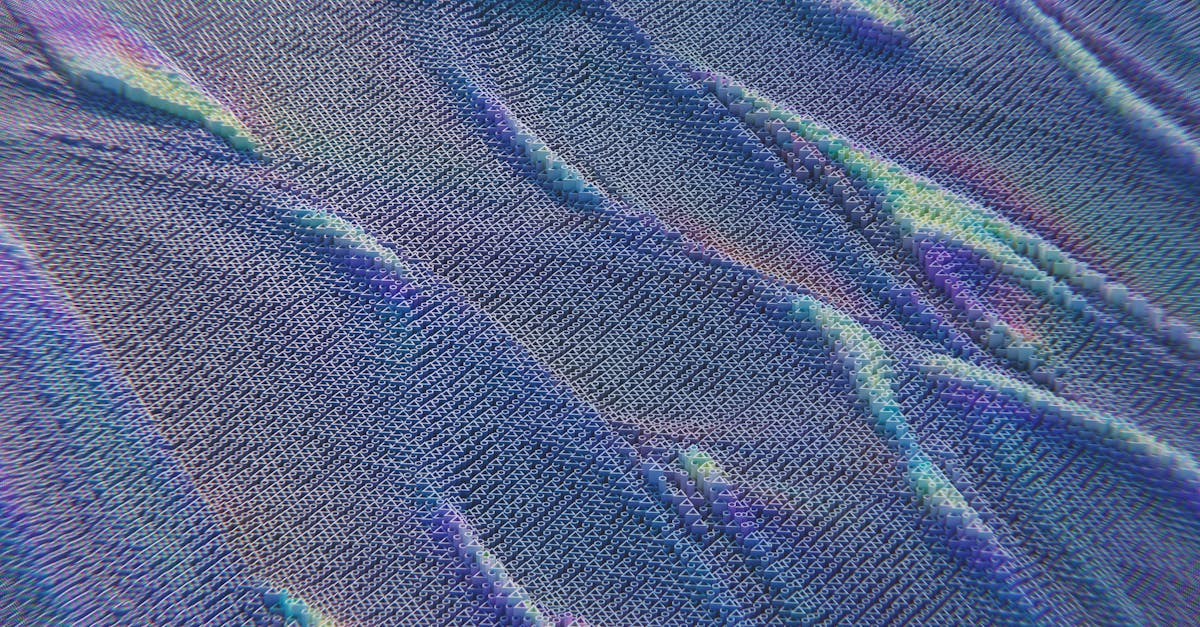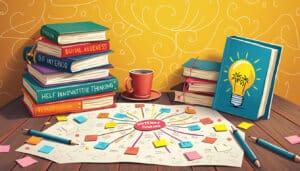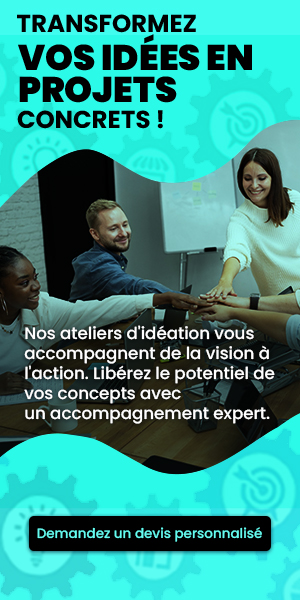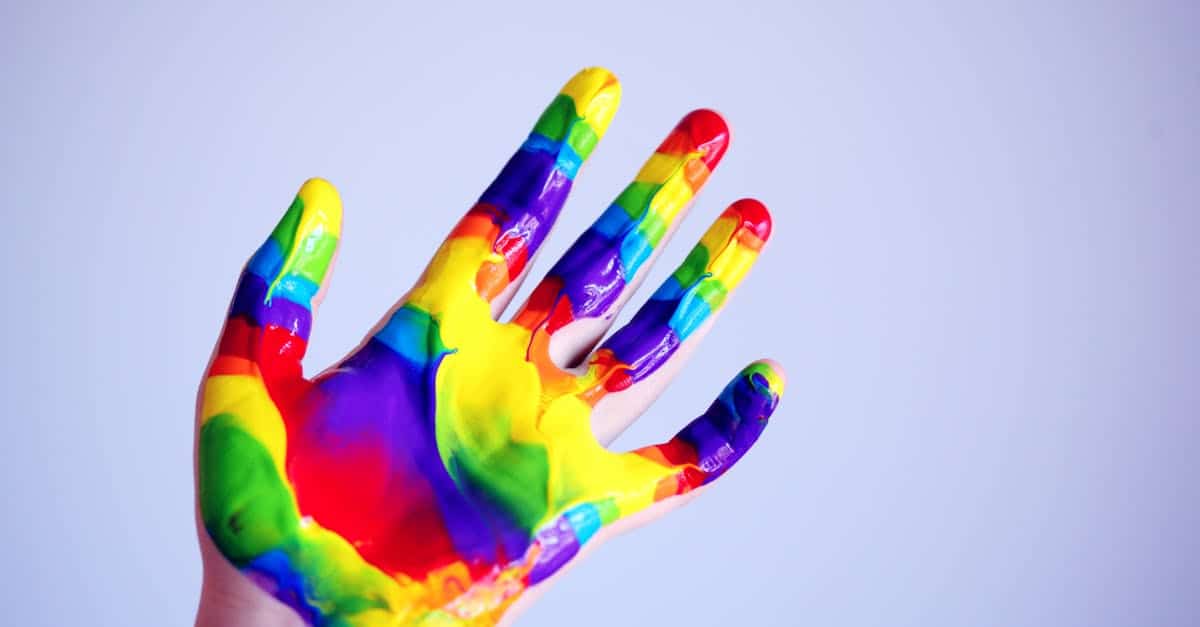Guided visualization appears as a gateway to a rich reservoir of creativity and innovation. By immersing yourself in relaxation techniques and mental imagery, you can sculpt a mental landscape conducive to generating new ideas and solving problems. This practice, accessible to all, allows you to transform visions into tangible realities, thereby encouraging a flow of original and unexpected ideas. Opening yourself to this immersive experience is to give yourself the means to transcend the limits of conventional thinking and explore your intrinsic potential.
🔥 Nous recommandons Ideamap
Ideamap est l’outil idéal pour un brainstorming ou un projet collaboratif. Grâce son interface facile et à ses fonctions IA, Ideamap booste votre créativité tout en favorisant une meilleure organisation de vos idées pour atteindre vos objectifs.
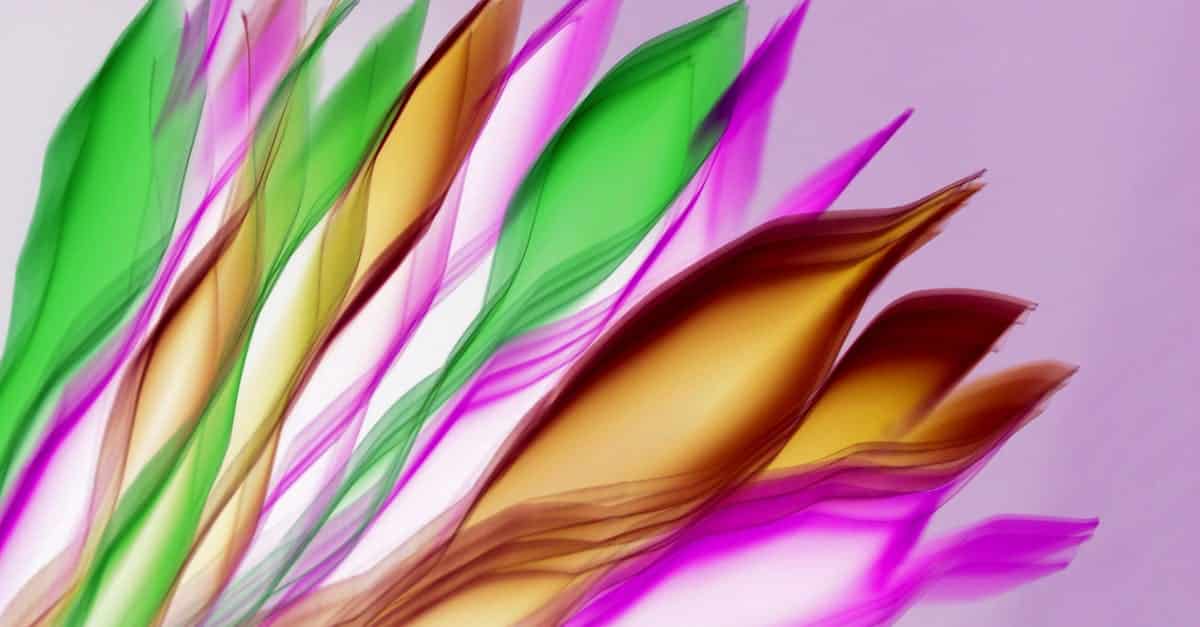
Guided Visualization: Unlock Your Innovative Potential
Guided visualization is a powerful technique that harnesses the creative resources of the mind to foster innovation. This method relies on a mental relaxation process where the user engages in imagery exercises designed to stimulate the subconscious. By immersing oneself in a state of introspective calm, it becomes possible to visualize concepts, ideas, and solutions in a way that transcends usual cognitive barriers.
Guided visualization often begins with a relaxation phase. It is essential to be in an environment conducive to calmness, away from external distractions. The individual can sit or lie down comfortably, close their eyes, and perform deep breathing to release tension. This step is crucial, as a peaceful mind is more receptive to mental images and creative concepts. Training in breathing and meditation can greatly assist in establishing this atmosphere.
Once this state of relaxation is achieved, the practitioner begins to concentrate on a specific goal or a challenge to overcome. This could be related to a professional project, an innovative idea, or even personal issues. When visualizing it, it is advisable to employ sensory details: how does this project appear visually? What sensations arise from its functioning? This approach makes the idea more tangible and accessible.
Afterwards, guided visualization can take various forms depending on individual needs. For example, creating a vision board, where one compiles images, words, and inspiring statements, can be an excellent way to reinforce a vision. A mood board also allows exploration of emotions and associations related to the idea to be developed, thus helping it to materialize. These visual techniques integrated into the practice of visualization create a synergistic effect that nurtures creativity.
The power of guided visualization lies in its ability to interact with the nervous system and influence behavior. By visualizing a concrete success, the brain records this positive image as a possible reality, leading to mental preparation for achieving that goal. This method, used by many athletes, artists, or business leaders, not only fosters self-confidence but also clarifies objectives.
Results observed following regular practices of guided visualization are often notable. Individuals report an increase in their creativity, a deepening of their capacity to innovate, as well as a reduction of mental blocks. The key lies in repetition: the more one practices visualization, the more one hones this ability, thus opening the way to unexpected innovations and original solutions to complex problems.
In summary, guided visualization is an indispensable tool for anyone looking to unlock their innovative potential. It offers a palette of tools that not only enhances creativity but also develops a greater self-awareness, essential for navigating through modern challenges. Through these exercises, it becomes possible to reimagine one’s journey, initiate creative dynamics, and plant the seeds of sustainable innovation in all aspects of professional and personal life.



